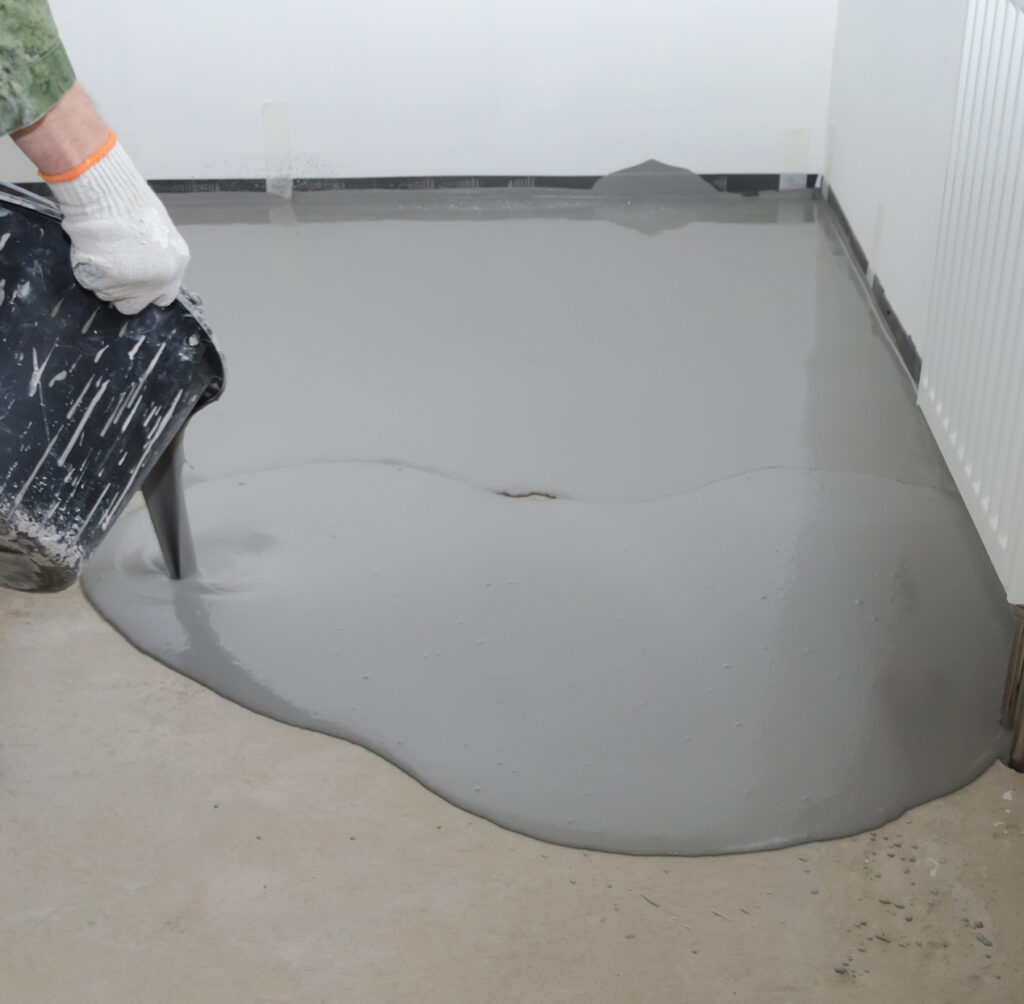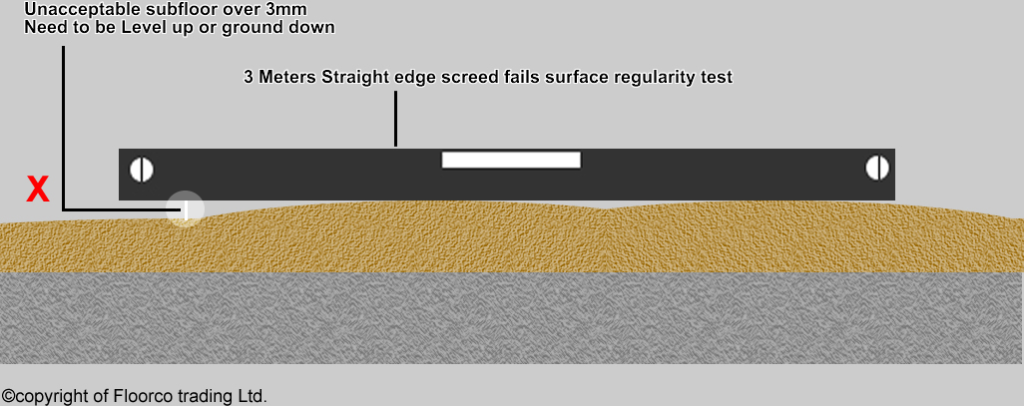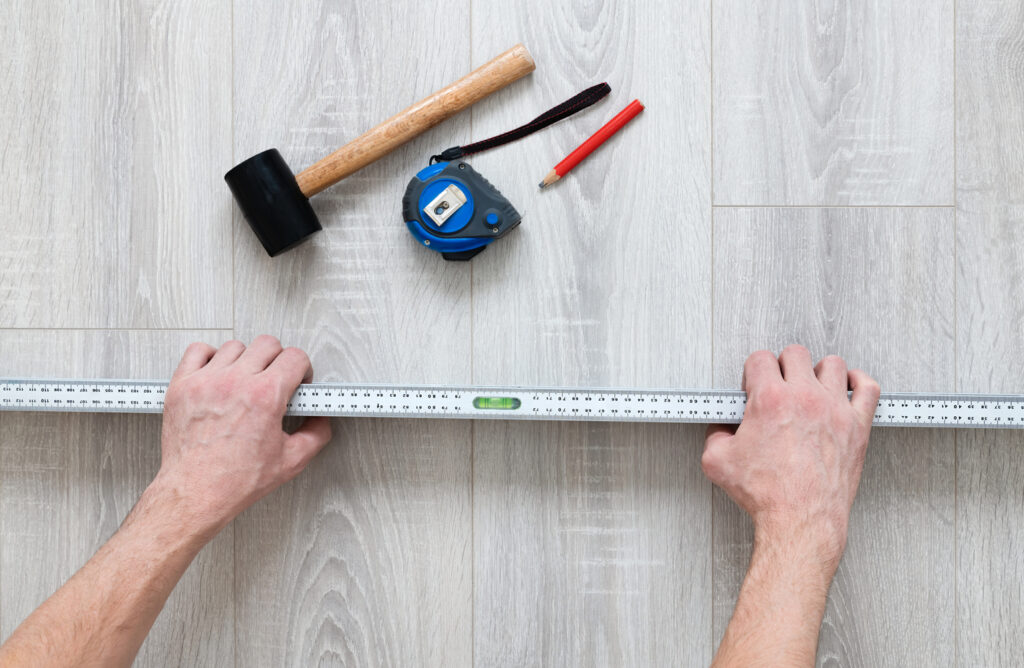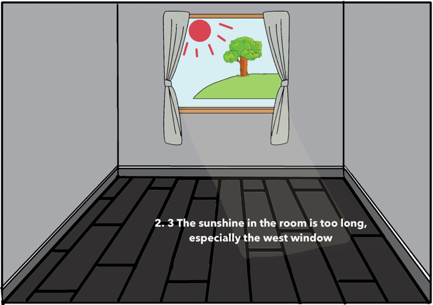Understanding that floating flooring squeaking is inevitable is crucial for homeowners and installers alike. This phenomenon often results from the dynamic interplay between changing temperatures and the condition of the subfloor beneath the flooring. When the boards rub against each other, it’s usually a sign that either the room’s temperature is fluctuating or the subfloor is not evenly leveled, leading to these audible indications of movement.

Uneven subfloors are a primary contributor to this issue. A level subfloor is paramount to ensuring a flat and stable foundation for your flooring. This means aiming for a deviation of less than 3mm over a 3 meter area. Achieving this level of precision can significantly reduce the likelihood of squeaking by providing a uniform surface for the flooring to rest upon. Conversely, neglecting this step can result in uneven areas where flooring boards are more likely to move and create noise.
Temperature changes play a significant role in the health of floating floors. These changes affect the moisture levels within the boards, leading to expansion and contraction. Wooden flooring, in particular, is susceptible to this behavior. As the boards expand and contract, the friction between them can cause the flooring to squeak. This is a natural process, but understanding and mitigating its effects can lead to a quieter and more stable flooring solution.

To combat these challenges and minimize the occurrence of squeaking, a high-quality installation process is essential. Two key practices should be emphasized during installation to address the causes of squeaking directly. First, acclimatizing your flooring to the room’s environment before installation is critical. This process involves adjusting the flooring material to the temperature and humidity levels of the room where it will be installed. By doing so, the flooring can expand or contract before installation, reducing the amount of movement and potential noise after it is laid down.
Second, leaving a 10mm expansion gap around the edges of the room is a necessary precaution. This gap accommodates the natural expansion and contraction of the flooring material, allowing it to move without pressing against the walls or other fixed objects. This can significantly reduce the potential for squeaking by preventing the boards from rubbing against each other or against immovable surfaces.

In conclusion, while floating flooring squeaking can be a common issue, understanding its causes and implementing preventive measures can greatly reduce its occurrence. A level subfloor and the careful consideration of temperature and moisture effects are fundamental to a successful installation. By following these guidelines, homeowners can enjoy the beauty and durability of floating floors without the annoyance of constant squeaking.




